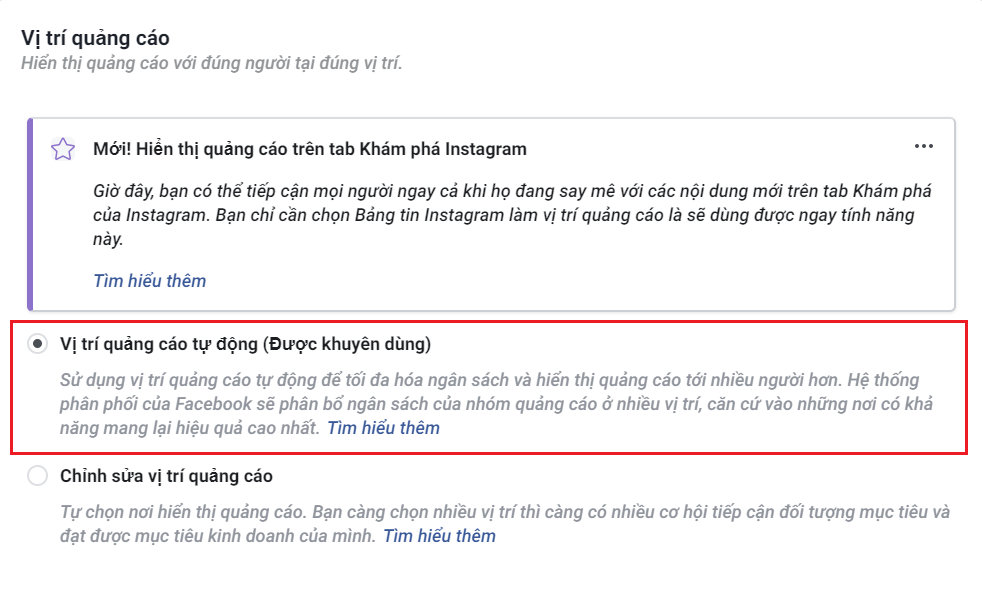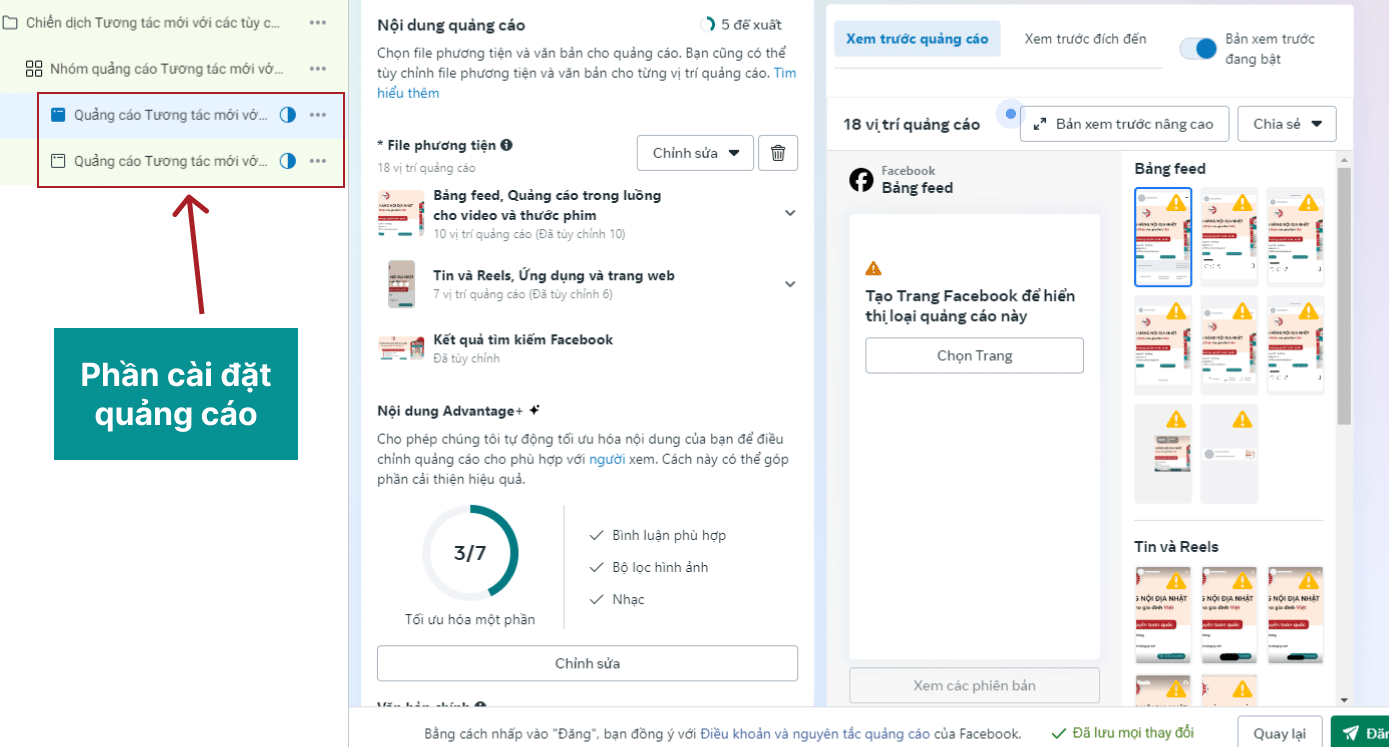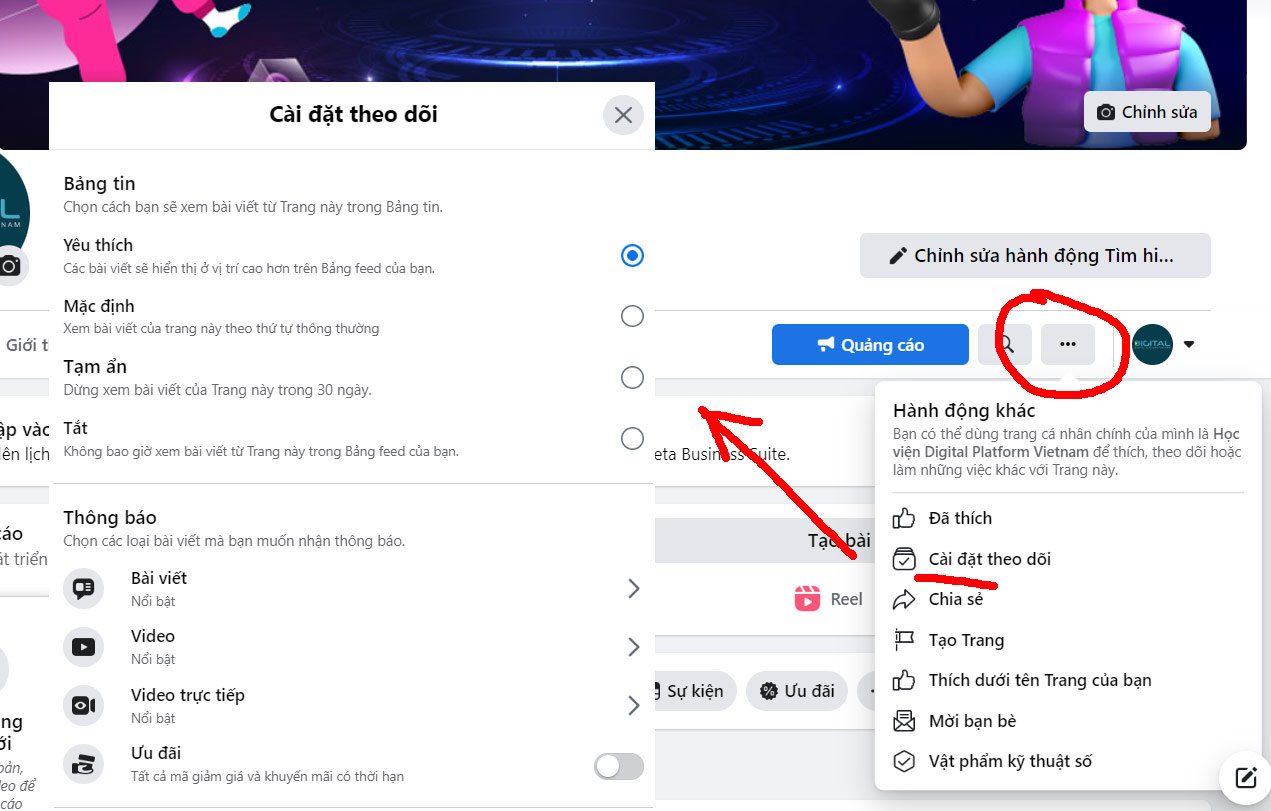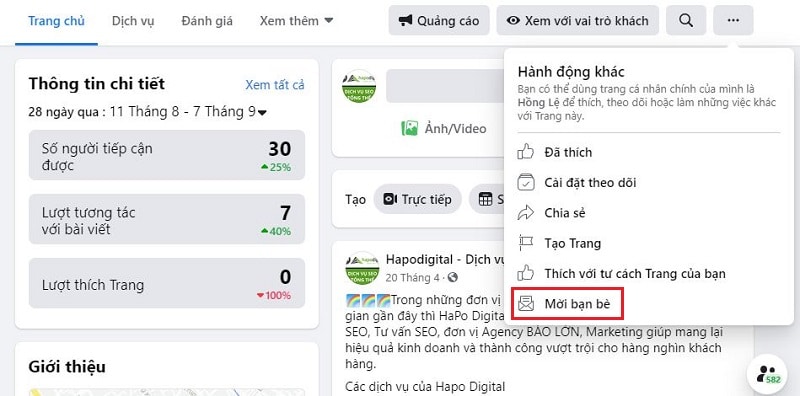Post map
ToggleFacebook advertising is not only a tool to attract customers' attention but also a key factor in generating revenue and increasing conversion rates. However, for a campaign to be truly effective, businesses need to accurately identify and optimize Facebook advertising conversion positions. This is the key point that determines the customer's actions after interacting with the ad, from clicking on the link, filling in information to completing the purchase. In this article, SOC LUA will analyze in detail the concept, role and how to set up Facebook advertising conversion positions to help businesses achieve maximum efficiency.
What is Conversion Location Facebook Ads?

In Facebook advertising, conversion location refers to the place or action a user takes after interacting with an ad, leading to the completion of a specific marketing goal. These goals can include purchasing a product, signing up for information, downloading an app, or performing other actions such as adding items to a cart, watching a promotional video, or registering for an event.
Conversion location plays a crucial role in accurately determining the effectiveness of a Facebook ad campaign. Using data from these locations, businesses can understand where customers are taking action along their purchasing journey. From there, optimizing content, allocating budgets, and adjusting strategies becomes more precise and effective.
Types of Conversion Location Facebook Ads
Conversion Location on a Website
Website conversion location is the most common form, typically using Facebook Pixel or Conversions API to track customer behavior. Popular actions include completing a purchase, filling out a registration form, or downloading documents from the website.
Conversion Location within a Mobile App
For businesses with their own apps, Facebook Ads allows tracking important actions within the app. Users may install the app, make in-app purchases, or complete levels in a game. All these actions can be recorded and analyzed to optimize ad campaigns.
Offline Conversion Location
Conversion tracking is not limited to the online environment. Facebook also supports offline conversions. For example, a customer may call to place an order after seeing an ad, visit a store directly, or complete a transaction through a POS (Point of Sale) system. Measuring these actions helps businesses evaluate the real performance of a campaign more accurately.
Why Does Conversion Location Impact Facebook Ads Performance?
Optimizing Ad Delivery
When conversion location is accurately identified, Facebook’s system can deliver ads to people most likely to perform the desired action. This not only helps reduce advertising costs but also increases the likelihood of achieving campaign objectives, maximizing overall performance.
Measuring Campaign Effectiveness Accurately
Conversion location is a core factor for measuring ad performance. Based on this data, businesses can determine which ads generate the most conversions, which channels are most effective in the customer journey, and which areas require improvement to increase Return on Investment (ROI).
Improving User Experience
Knowing where and how customers take action allows businesses to optimize landing pages, ad content, and the purchasing process. When user experience improves, conversion rates naturally increase.
How to Set Up Conversion Location Facebook Ads Effectively?

Using Facebook Pixel and Conversions API
Facebook Pixel is a piece of code embedded on a website to track user behavior after they interact with an ad. To enhance data accuracy, many businesses now combine Pixel with Conversions API, ensuring that actions are recorded even when users disable cookies.
Defining Clear Conversion Goals
A critical step before setting up conversion locations is defining goals clearly. Businesses must know exactly which user actions count as conversions, whether these actions can be measured, and whether they are directly tied to business outcomes.
Optimizing Landing Pages and Ad Content
Landing pages must align with ad content, load quickly, and be optimized for mobile devices. In addition, calls to action (CTAs) must be clear and direct, guiding customers toward the next step without confusion.
Continuous Tracking and Optimization
Once conversion locations are set up, continuous monitoring and optimization are essential. Metrics such as CPA (Cost per Action), ROAS (Return On Ad Spend), and Conversion Rate allow businesses to assess performance accurately and make timely adjustments to content, budget, or audience targeting.
Common Mistakes When Setting Up Conversion Location
Choosing the Wrong Conversion Goal
Many businesses select "Engagement" instead of "Conversion" as their campaign objective, leading to ads that generate likes and comments but fail to produce actual revenue.
Not Checking Pixel Functionality
If the Pixel is not functioning correctly, data collection will be inaccurate. This prevents Facebook from optimizing ad delivery and significantly impacts campaign performance.
Ignoring User Experience
Even when ads successfully attract users, a slow-loading landing page or a complicated checkout process can dramatically reduce conversion rates.
Conversion location Facebook ads is a strategic element that determines a campaign’s success. Proper setup, close monitoring, and continuous optimization help businesses reduce costs, increase conversion rates, and maximize revenue from this leading advertising platform. Through this article by Soc Lua, you now understand what conversion location Facebook ads is and how to optimize it to achieve the highest campaign performance.
Frequently Asked Questions
Absolutely. Facebook allows multiple conversion locations within a single campaign to measure the entire customer journey. For example, a user may start by clicking an ad, filling out a form, adding an item to their cart, and finally completing a purchase. Tracking multiple locations helps businesses identify key touchpoints, determine which channels perform best, and pinpoint areas for optimization. This is particularly useful for complex campaigns or those with multiple marketing objectives running simultaneously.
The frequency of optimization depends on the campaign's scale and duration, but it is recommended to review and optimize at least once a month to ensure data accuracy. During the initial phase, businesses may monitor weekly to quickly identify issues and make timely adjustments. Since customer behavior, market trends, and Facebook’s algorithm evolve continuously, regular optimization helps maintain strong ad performance, lower costs, and achieve sustainable conversion growth over time.



